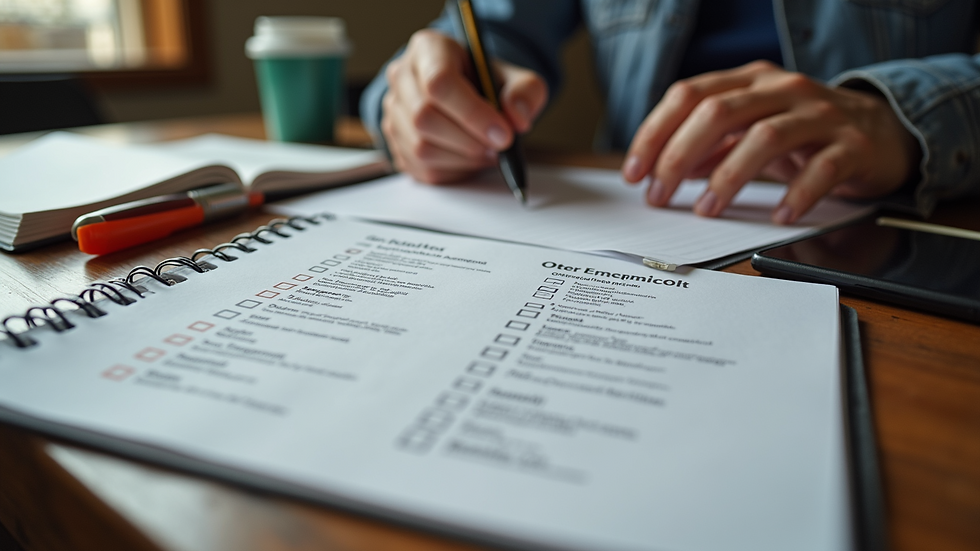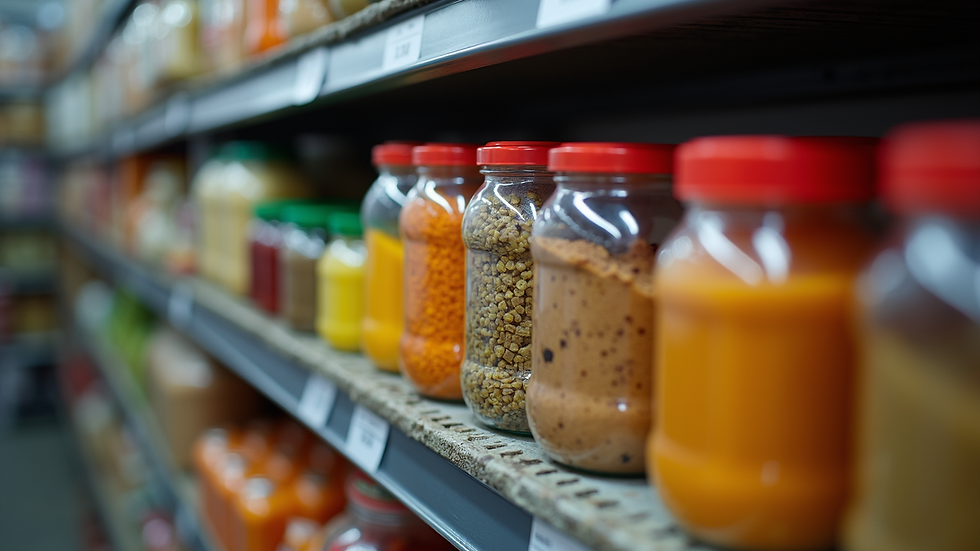Top 5 Mistakes Busy Families Make When Preparing for Major Earthquakes and How to Avoid Them
- anita M.

- Jul 9, 2025
- 3 min read
Preparing for a major earthquake can be a daunting task, especially for busy families juggling everyday responsibilities. With the potential for power outages, road closures, and communication disruptions, having a solid emergency plan is essential. Yet, in the whirlwind of daily life, families often overlook crucial elements of earthquake preparedness. This blog post highlights five common mistakes and offers practical solutions to help families create a more effective emergency plan.

1. Underestimating the Importance of a Family Emergency Plan
One of the most significant mistakes families make is not establishing a clear family emergency plan. This shortfall can create confusion during a crisis, adversely affecting the family’s response.
To avoid this, families should develop a comprehensive emergency plan that delineates roles and responsibilities for each member. This plan should include:
Meeting points: Identify safe locations outside the home where everyone will gather post-earthquake.
Communication strategies: Outline how family members will stay in touch if phones are not working, such as using a neighbor's landline or sending a designated person to relay messages.
Practicing this plan regularly will help everyone remember their roles, making family responses more efficient during an emergency.

2. Neglecting to Teach Kids About Emergencies
A common oversight is not including children in the preparedness process. Educating kids about what earthquakes are and how to stay safe can empower them and reduce anxiety.
Parents should explain the physical sensations of earthquakes, such as shaking, and demonstrate how to "Drop, Cover, and Hold On." Additionally, families can engage children through:
Simulations: Conduct practice drills to familiarize kids with the emergency plan.
Educational games: Use games that teach concepts of safety and preparedness in a fun way.
These activities help prepare children and instill a sense of responsibility about their safety.
3. Failing to Stock Essential Emergency Supplies
Busy families often postpone gathering essential emergency supplies, thinking they have more time. However, during an urgent situation, scrambling for basic necessities can be chaotic.
Families should conduct a thorough inventory of emergency supplies, including:
Water: At least one gallon per person per day for three days.
Non-perishable food: Enough for each family member for at least three days.
First aid kits and flashlights: These items are crucial for health and visibility.
It's wise to regularly check and replenish supplies as expiration dates approach. Keeping track of items ensures that your family is prepared when it matters most.

4. Overlooking Communication Methods
Reliable communication is critical during emergencies, yet many families fail to plan alternative methods in case mobile services fail. Relying too heavily on phones can lead to panic.
To strengthen communication during a crisis, families should explore backup methods, such as:
Landlines: They can still work when cell networks are down.
Two-way radios: These devices can be invaluable if phones are unusable.
Keeping a printed list of critical contact numbers makes it easier to reach loved ones if digital methods are unavailable. Regularly reviewing this information keeps everyone informed.
5. Procrastinating on Safety Assessments at Home
Many families neglect regular home safety assessments due to busy schedules. Not securing heavy furniture or identifying potential hazards can elevate risks during an earthquake.
It’s essential to schedule regular safety checks around the home. Families should:
Secure heavy furniture: Use brackets and straps to anchor items like bookshelves and large appliances.
Minimize hazards: Remove items that could fall during an earthquake, such as picture frames or unsecured decor.
Taking these proactive steps can significantly reduce the risk of injury and property damage should an earthquake occur.
Staying Prepared for the Unexpected
While preparing for a major earthquake may seem overwhelming, avoiding common mistakes can lead to a more resilient family emergency plan. By establishing a family emergency plan, involving kids in preparedness, stocking essential supplies, considering backup communication methods, and conducting safety assessments, families can approach a potential crisis with confidence and security.
Stay engaged and proactive—don’t wait until disaster strikes!
For ongoing updates and practical tips to enhance your family's preparedness, be sure to subscribe for updates, tips and reminders. Empower yourself and your family for future emergencies.




Comments